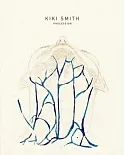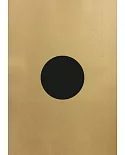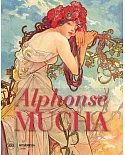In this engrossing book, Hollis Clayson provides the first description and analysis of French artistic interest in women prostitutes, examining how the subject was treated in the art of the
1870s and 1880s by such avant-garde painters as Cezanne, Degas, Manet, and Renoir, as well as by the academic and low-brow painters who were their contemporaries.
Clayson not only illuminates the imagery of prostitution-with its contradictory connotations of disgust and fascination-but also tackles the issues and problems relevant to women and men in a
patriarchal society. She discusses the conspicuous sexual commerce during this era and the resulting public panic about the deterioration of social life and civilized mores. She describes the
system that evolved out of regulating prostitutes and the subsequent rise of clandestine prostitutes who escaped police regulation and who were condemned both for blurring social boundaries and
for spreading sexual licentiousness among their moral and social superiors. Clayson argues that the subject of covert prostitution was especially attractive to vanguard painters because it
exemplified the commercialization and the ambiguity of modern life.
This is a reprint of the book first published by Yale University Press in 1991.





















